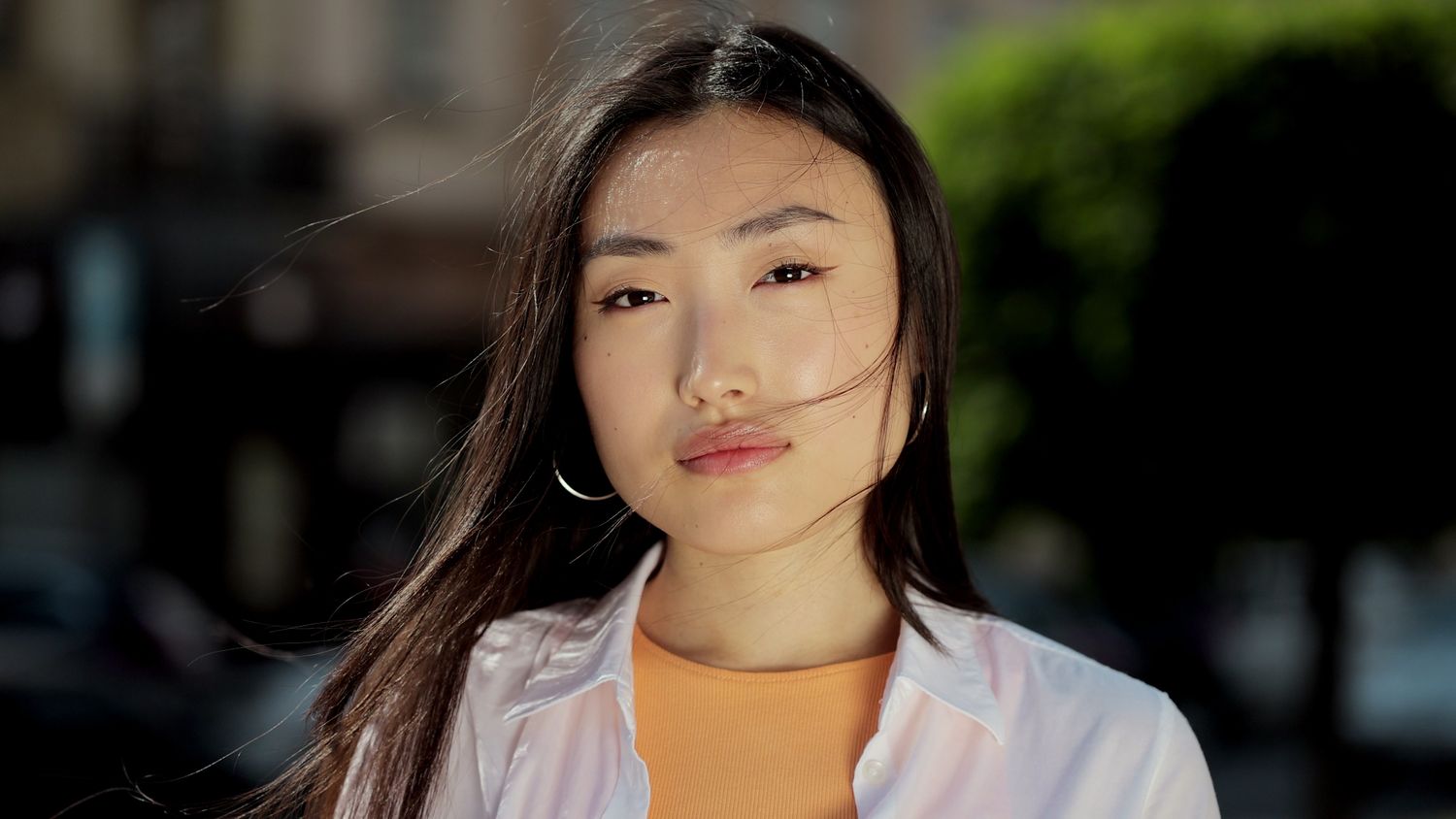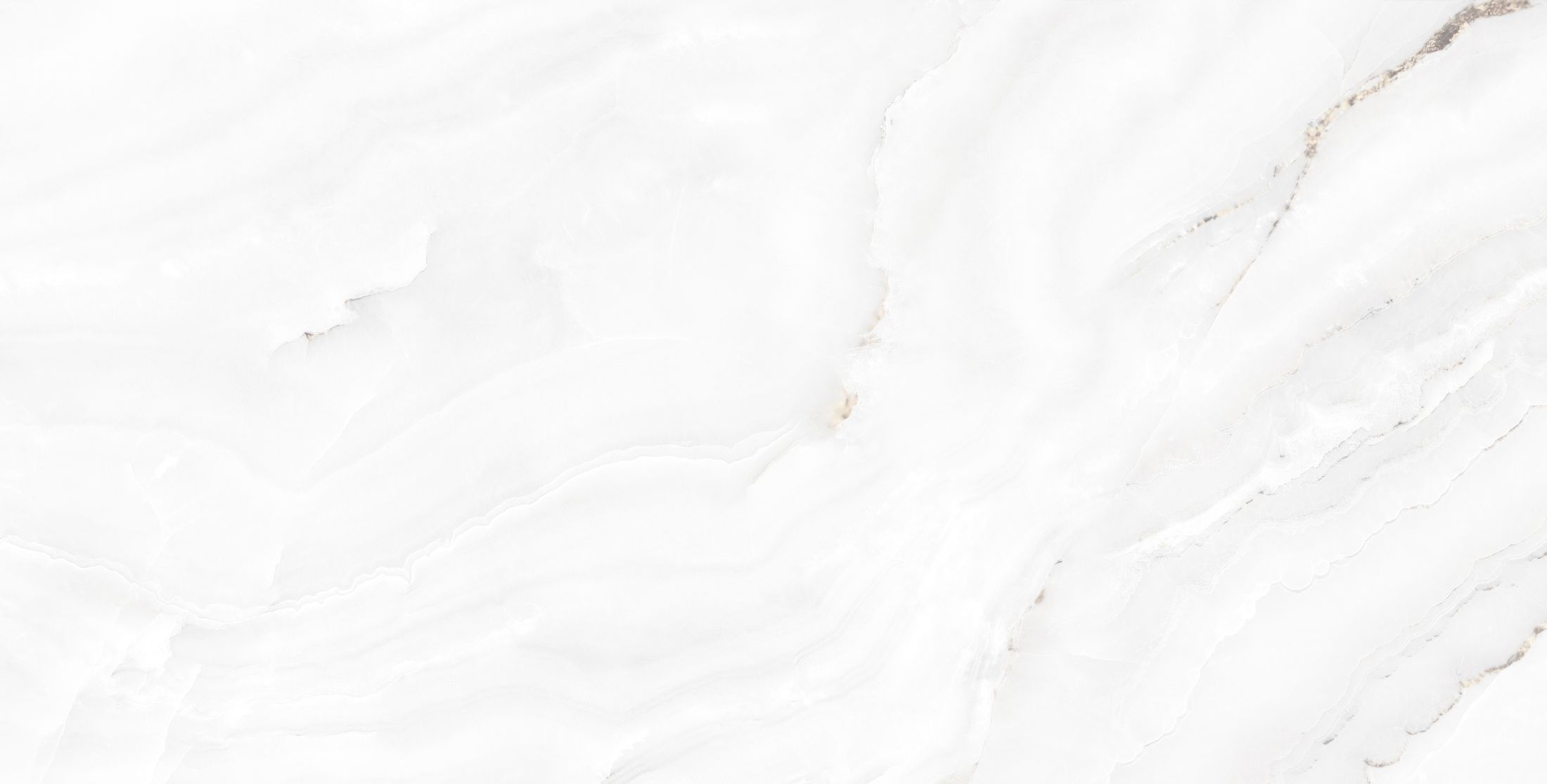
Double Eyelid Surgery
Placeholder


Placeholder

Double eyelid surgery, also known as Asian eyelid surgery, is a procedure that creates a natural-looking crease in the upper eyelid. This surgery is popular among individuals of Asian descent but is also sought after by people from diverse backgrounds who wish to enhance the definition of their eyes.
The goal of double eyelid surgery is to achieve a natural crease and fold that is commonly seen in normal Asian anatomy. Double eyelid surgery creates a natural Asian eyelid crease. Many patients have a low but defined upper eyelid crease. This crease allows for the lid to be broken up into two visible parts which is known as a double eyelid.
1 of 1

There are subtle but important anatomic differences in the Asian eyelid. Dr. Dadgostar has a deep understanding and appreciation for these unique anatomic features. With her expertise, Dr. Dadgostar ensures that each procedure takes into account your unique ethnic features to provide a refreshed look that maintains your natural identity.
The major anatomic differences of the Asian eyelid include:
When considering double eyelid surgery Vancouver plastic surgeon Dr. Dadgostar offers expertise, precision, and personalized care for exceptional results.
The process begins with a personalized consultation where Dr. Dadgostar takes the time to understand your goals, concerns, and expectations. Together, you will explore the most suitable techniques, ensuring a customized approach tailored to your individual needs. During this discussion, Dr. Dadgostar will evaluate your facial anatomy and eyelid structure and review your goals.
Based on the consultation, Dr. Dadgostar will create a customized treatment plan. This plan outlines the specific adjustments to be made, taking into account your unique anatomy and desired outcome. Dr. Dadgostar will discuss the details, answer any questions, and ensure that you feel confident and well-informed about the procedure.

Double eyelid surgery is typically performed under local anesthesia with sedation unless it is done in combination with other facial surgery for which general anesthesia is already being used.
Surgery usually takes approximately 1 hour. There are typically 2 approaches used in double eyelid surgery.
1. Incisional Technique. In the incisional technique, Dr. Dadgostar employs advanced surgical techniques with meticulous precision. Discreet incisions are made along the natural creases of the upper eyelids, allowing for the removal of excess skin, repositioning or removal of fat deposits, and removal of excess tissue and muscle. Dr. Dadgostar will then attach the levator palpebrae superioris (the muscle that is responsible for elevating the eyelid) directly to the dermal layer, creating a clearly defined natural crease. Incisions are closed with sutures which are removed 5-7 days after surgery. The resulting scar will be hidden in the natural crease of the eyelid and over time, tends to fade significantly.
The incisional method is the most commonly performed technique as it provides a high level of customization, allowing Dr. Dadgostar to address specific concerns such as excess skin or fat. This technique is suitable for individuals with significant eyelid hooding or those desiring a more substantial modification. The procedure allows for greater control over the shape and height of the eyelid crease. This technique results in the formation of a permanent crease.
2. Suture (Non-Incisional) Technique. The suture technique is minimally invasive and offers little downtime. This involves the placement of sutures beneath the skin of the eyelid to create a fold, without making a complete incision. Sutures are typically anchored to the tarsal plate or the levator aponeurosis, and they create the desired eyelid crease. The sutures are then tightened until the desired crease is made. The suture technique is less invasive compared to incisional methods, making it suitable for individuals with minimal excess skin or fat. This method is often chosen for those seeking a subtle or natural-looking enhancement. It is generally more suitable for individuals who have less prominent eyelid features.
The results of suture double eyelid surgery are usually more temporary compared to the incisional method. Sutures may eventually break down or loosen over time. The procedure may need to be repeated or revised in the future for some patients. Factors that may affect the longevity of your results include the strength of the suture over time, whether an adequate amount of scar tissue forms to keep the crease in place and your post-surgery aftercare. Average length of results is 5-10 years.
Recovery and post-operative care are crucial aspects of the double eyelid surgery process to ensure optimal healing and long-lasting results. Following surgery, patients are guided through a carefully outlined recovery plan.
At our practice in Vancouver Double eyelid surgery usually involves minimal post-operative pain and quick healing. Regular application of cold compresses to the eyes will help reduce swelling and bruising in the first 48 hours after surgery. Keeping the head elevated, even during sleep with extra pillows, can help minimize swelling. Bruising and swelling peak at 48 hrs and will continue for 3-7 days. Patients are advised to get plenty of rest and avoid strenuous activities during the initial days of recovery.
Contact lenses should not be worn for 1 week. Sunglasses with UV protection are recommended to protect the eyes from sun exposure. In the first few days after surgery, you may experience blurry vision, excessive tearing, and dry eyes. Most symptoms and bruising resolve by one week after surgery and work and regular daily activities can be resumed at this point.
Complete healing may take several months. Final results may become fully apparent as the tissues settle and adjust. Dr. Dadgostar provides detailed post-operative care instructions, and regular follow-up appointments are scheduled to monitor your progress.
Dr. Dadgostar’s goal in double eyelid surgery is to achieve facial balance and natural-looking results. Dr. Dadgostar takes pride in her meticulous approach, focusing on creating brighter, rejuvenated eyes while staying true to your natural identity.

Rediscover your confidence and unveil the beauty of your eyes with double eyelid surgery with Dr. Dadgostar. Explore our website to learn more about the procedure and secure your personalized consultation today.
While the results are long-lasting, they are not always permanent. The type of technique used as well as factors such as aging and genetics can influence the longevity of the results.
Incisions are strategically placed within the natural eyelid creases, minimizing the visibility of scars. Over time, they tend to fade significantly. Non-incisional methods, like the suture technique, typically have no external scars.
Recovery varies, but patients can expect swelling and bruising for the first week. Most individuals can resume normal activities within 1-2 weeks. Full results become apparent as swelling subsides.
While some initial results are visible after the swelling subsides, it may take several weeks to months for the final outcome to be apparent.
Dr. Dadgostar aims to create natural-looking results that complement your facial features. Overcorrection is minimized to achieve a harmonious appearance.
Yes, it can be combined with other facial procedures like brow lift or rhinoplasty. However, the feasibility depends on individual factors, Dr. Dadgostar will advise accordingly.
Patients are usually advised to wait 2 weeks before applying makeup and using contact lenses to allow for proper healing.